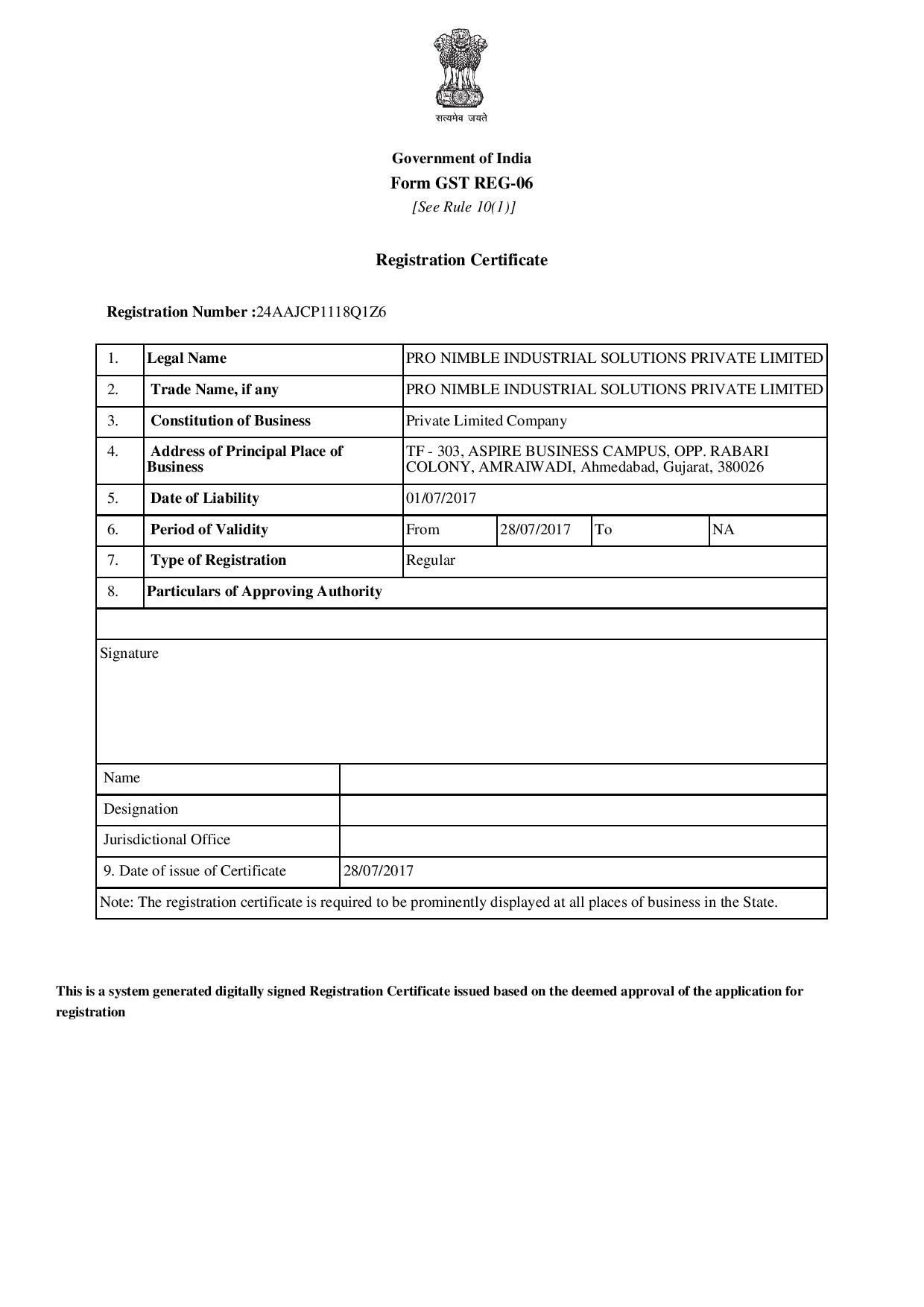GST & Accounting
The introduction of the biggest indirect taxation reform in India namely Goods and ServicesTax (GST) has impacted the functioning of all the sectors of the economy. The impact of the radical shift can also be tracked in the segment of Finance and Accounting as well. Prior to the introduction of GST in India Separate accounting entries for each indirect tax law like service tax, excise, VAT etc was required to be made separately. Now only entries under the goods and services tax are required to be taken on record for either supply of goods or services.
Read below to understand the changes that a person is required to perform in his normal working for getting the final accounts updated with the present ruling of the acts.

What new needs to be done in accounting for GST?
Earlier different accounts were required for the accounting of different taxes such as VAT, CST, CENVAT, Excise duty, Various Countervailing duties etc.
However, under the New GST regime, the different taxes have been subsumed in GST. So the number of accounts required to be created has reduced drastically. Now the business has to maintain the Accounts under three major heads that are:
- CGST,
- SGST and
- IGST
A separate account is required under each head for differentiating the tax paid on inputs and tax received on output. Such a treatment enables the business to ascertain the amount of Input GST and Output GST separately. The separate treatment will enable the business to determine easily the amount of tax liability. He is required to pay under GST and the amount that is available for him to take credit.